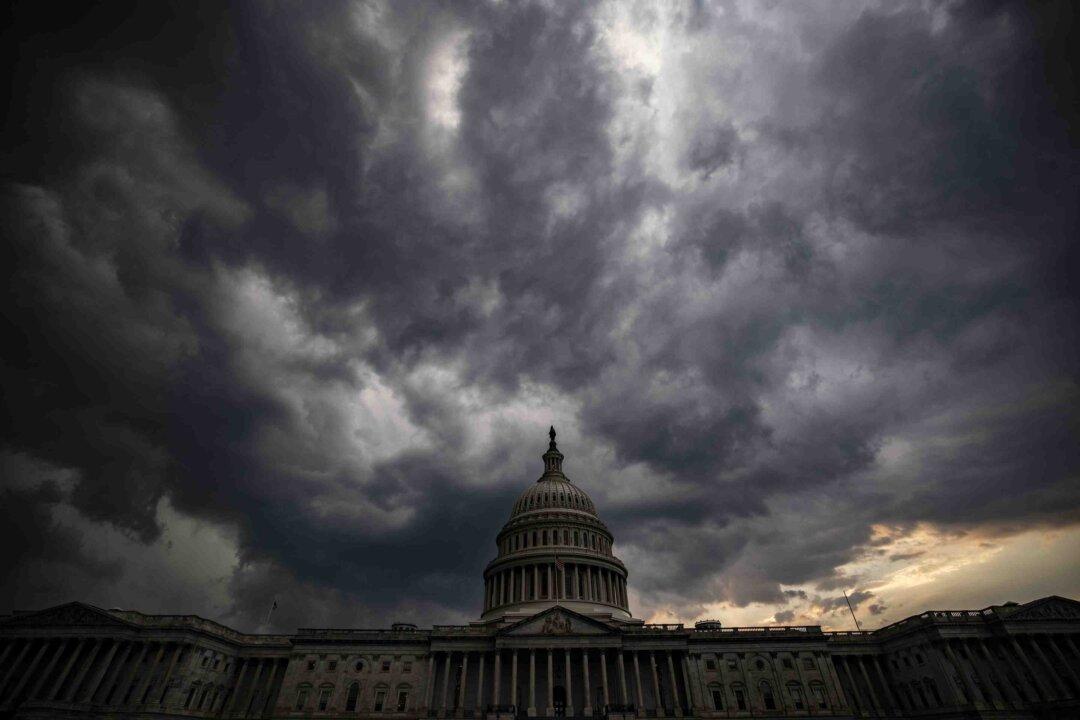Commentary
You have surely never believed the Biden administration’s assurances that the economy is strong and federal finances are all headed in the right direction. Like everything else these days, this has always felt like gaslighting.

You have surely never believed the Biden administration’s assurances that the economy is strong and federal finances are all headed in the right direction. Like everything else these days, this has always felt like gaslighting.